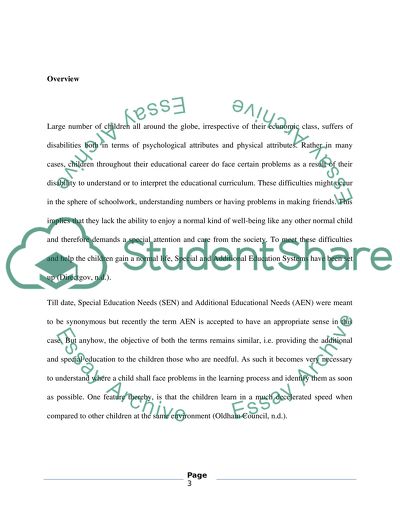Cite this document
(“Special educational needs and additional educational needs Essay”, n.d.)
Special educational needs and additional educational needs Essay. Retrieved from https://studentshare.org/miscellaneous/1572460-special-educational-needs-and-additional-educational-needs
Special educational needs and additional educational needs Essay. Retrieved from https://studentshare.org/miscellaneous/1572460-special-educational-needs-and-additional-educational-needs
(Special Educational Needs and Additional Educational Needs Essay)
Special Educational Needs and Additional Educational Needs Essay. https://studentshare.org/miscellaneous/1572460-special-educational-needs-and-additional-educational-needs.
Special Educational Needs and Additional Educational Needs Essay. https://studentshare.org/miscellaneous/1572460-special-educational-needs-and-additional-educational-needs.
“Special Educational Needs and Additional Educational Needs Essay”, n.d. https://studentshare.org/miscellaneous/1572460-special-educational-needs-and-additional-educational-needs.


